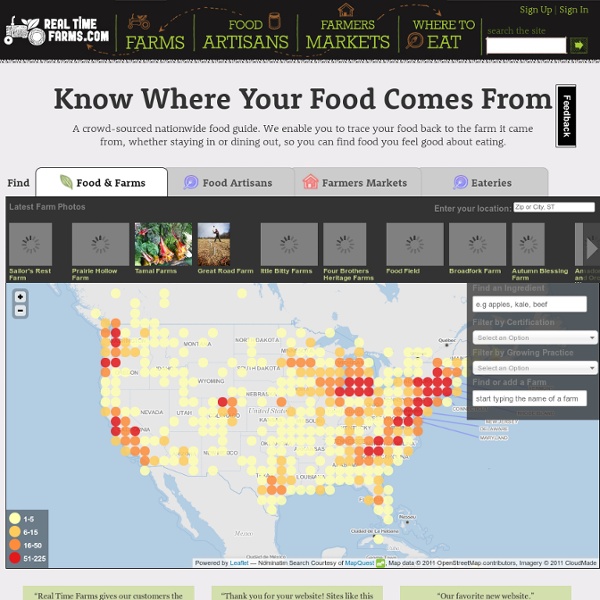



The Dirt on Organics: Essential Answer - January/February 2013 By Anna Hallingstad, Lindley Mease, Priya Fielding-Singh, Chad La Tourette and Isabella Akker I've heard news reports about a Stanford School of Medicine study that found organic foood isn't any healthier than conventionally grown food. If that's the case, is it worth paying the premium price? — Anonymous Grocery stores these days offer us a lot of choice. The study sought to compare the health effects of organic and conventional foods, focusing in nutrient and contaminant levels. The researchers compiled 237 studies addressing the nutritional benefits of organic and conventionally grown foods. Nutritionally, the Stanford team found few differences. These differences in what isn’t in organic food were largely overshadowed in the initial press release and by media outlets that first reported on the study. Besides, it’s not at all clear that the Stanford study is conclusive when it comes to nutrient content. In the meantime, the drawbacks of conventional food are clear.
justfortheloveofit.org | Promoting Skillsharing | Learn Skills, share tools, save money and make great new friends The People's Book Project The Dirt on Organics: Nitty-gritty - January/February 2013 I've heard reports about a Stanford School of Medicine study that found that organic food isn't any healthier than conventionally grown food. If that's the case, is it worth paying the premium price? Continually stumped by her patients’ questions about the benefits of organic food, Dr. Dena Bravata of Stanford Medical School grew curious herself. So she and a team of researchers set out to investigate the health and safety differences between organic and conventional fruits, vegetables, eggs, grains, dairy and meat. Using meta-analysis, Bravata’s team pooled together 237 peer-reviewed studies addressing the nutritional benefits of organic and conventionally grown foods. The researchers found few differences in the nutritional content of organic and conventional foods. That said, the verdict is not final on the nutritional differences between organic and conventional foods. Why did the Stanford study inspire such controversy after other studies received little attention?
Khan Academy AnonOps :: Index Sugar Mountain Farm | All Natural Pastured Pigs, Poultry, Sheep, Dogs and Kids in the mountains of Vermont Pangea | Non Profit Organization - United Towards a Sustainable Future There are no translations available. Συνάντηση φίλων Pangea & The venus projectΜουσείο Ελληνικής ΓαστρονομίαςΑγ. Δημητρίου 13 Ψυρρή, Σάββατο 19 Οκτώβρη στις 6 το απόγευμα Σε μια εποχή που κάθε τι παλιό, θεσμοί, ιδεολογίες, συνήθειες και παραδόσεις καταρρέουν, στερούμενες πανανθρώπινων αξιακών βάσεων και ολιστικής οπτικής του κόσμου και των προβλημάτων μας, η ανάδειξη και η εφαρμογή της πρότασης του Venus Project ως μόνης βιώσιμης και ασφαλούς, με βάση τις πραγματικές δυνατότητες του σήμερα, γίνεται όλο και πιο επίκαιρη, όλο και πιο αναγκαία για το όφελος όλων των ανθρώπων.
Occupy Wall Street | NYC Protest for World Revolution Local Harvest / Farmers Markets / Family Farms / CSA / Organic Food Transition Culture Personal And Global Ascension 2012 - 2017 are you ready? Starting a Raw Food Diet